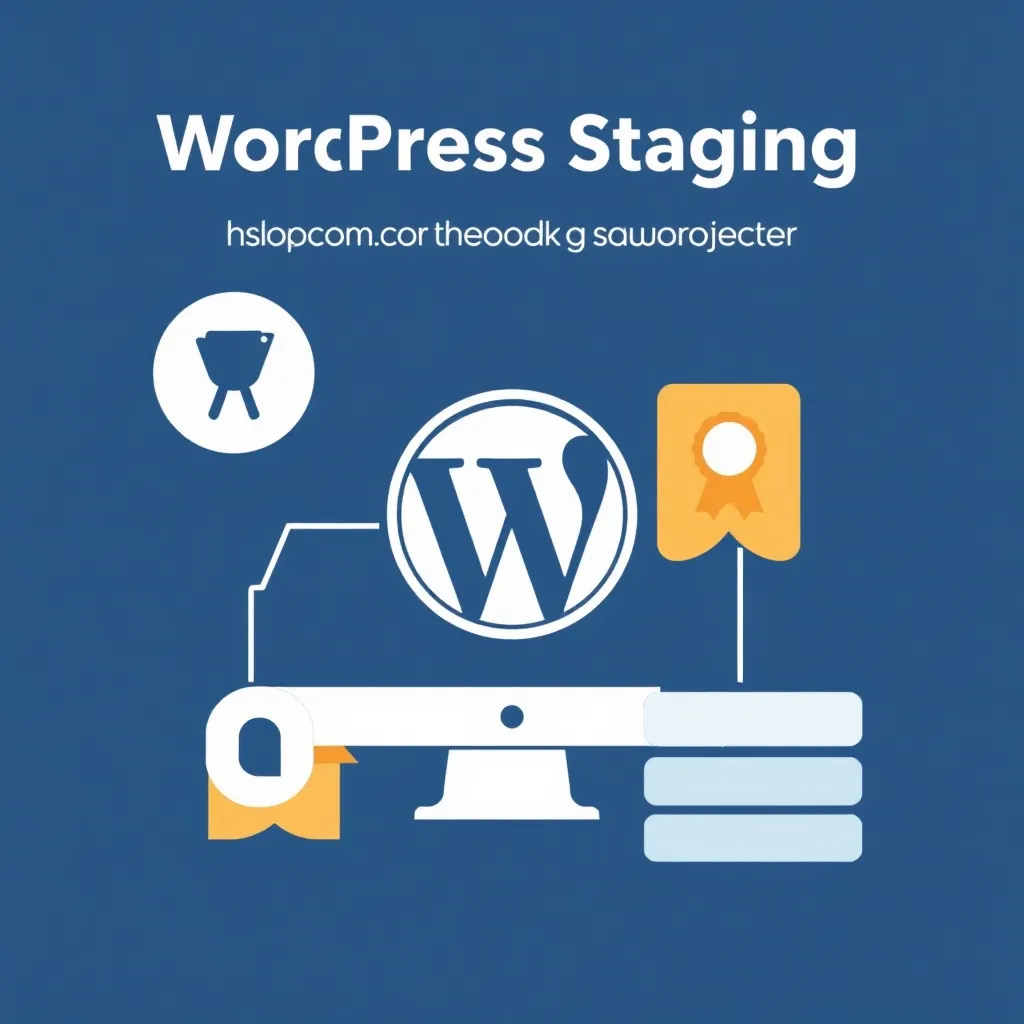Cloud computing: flexibility and scalability
Cloud computing has grown enormously in importance in recent years and offers companies numerous advantages. By using cloud services, companies can make their IT infrastructure more efficient and focus on their core business.
Scalability and flexibility
One of the greatest strengths of cloud computing is the ability to flexibly adapt IT resources to current requirements. Companies can increase or reduce their computing power, storage capacity and other resources as required without having to invest in physical hardware. This enables optimal utilization and adaptation to changing requirements. Whether sudden increases in data traffic during special campaigns or seasonal fluctuations - the cloud adapts dynamically to the company's needs.
Cost efficiency
By outsourcing IT infrastructures to cloud providers, companies can achieve considerable cost savings. Instead of investing in their own hardware and maintenance, they only pay for the resources they actually use. This reduces capital expenditure and enables better budget planning. In addition, there are no costs for electricity, cooling and physical security measures associated with in-house data centers.
Global availability
Cloud services enable access to data and applications from anywhere in the world as long as there is an internet connection. This promotes collaboration in globally distributed teams and supports flexible working models such as working from home. Companies can offer their services worldwide and thus tap into new markets without having to invest in local infrastructures.
Automated updates and maintenance
Cloud providers take care of regular updates, maintenance work and security patches. This relieves the burden on internal IT teams and ensures that systems are always up to date. The automated processes also reduce the risk of downtime and security gaps that could arise due to outdated software.
Edge computing: speed and real-time processing
Edge computing is becoming increasingly important, especially in areas that require fast data processing. By moving data processing closer to the data source, edge computing offers unique advantages.
Reduced latency times
The main advantage of edge computing lies in the processing of data close to its source. This significantly reduces latency times, which is particularly important for applications that require real-time responses, such as autonomous vehicles or industrial control systems. Fast data processing on site enables immediate decisions and increases the efficiency of processes.
Improved data security
As sensitive data is processed locally, the risk of data breaches during transmission is reduced. This can be particularly important for companies that work with highly sensitive information, such as financial institutions or healthcare providers. By processing locally, companies retain control over their data and can implement specific security measures.
Bandwidth optimization
Edge computing reduces the amount of data that needs to be transmitted over the network by performing much of the processing locally. This can lead to significant savings in bandwidth costs while minimizing the network load. Especially in regions with limited network infrastructure, edge computing offers an efficient solution for data processing.
Offline capability
Edge devices can continue to operate even when network connections are unstable or interrupted, increasing reliability in environments with poor connectivity. Industrial plants in remote areas or mobile applications benefit from this capability as they can function independently of a constant internet connection.
Comparison and decision-making aid
The choice between cloud computing and edge computing depends on various factors. A careful analysis of the company's specific requirements is crucial in order to make the right decision.
Use case
- Cloud computing: Particularly suitable for applications that process large amounts of data but do not require real-time responses. Examples include big data analyses, CRM systems and e-commerce platforms.
- Edge computing: Ideal for scenarios that require fast response times and local data processing. Applications such as autonomous vehicles, smart cities and industrial automation benefit greatly from edge computing.
Data volume and transmission speed
- Edge computing: Advantageous for large data volumes and limited bandwidth, as it reduces the amount of data to be transmitted.
- Cloud computing: Well suited to applications that need to analyze large volumes of data centrally, such as data warehousing and comprehensive business intelligence.
Safety requirements
- Edge computing: Offers advantages for highly sensitive data that needs to be processed locally. Companies can implement specific security protocols and retain data control.
- Cloud computing: Often offers advanced security measures that are sufficient for many companies. Cloud providers invest heavily in security technologies and compliance certifications.
Costs
- Cloud computing: Can be more cost-effective for companies that need flexible scaling and do not want to make a high initial investment.
- Edge computing: Can save costs in the long term, especially for applications with high data volumes and locally required resources.
Availability of skilled workers
- Cloud computing: Often requires less specialized personnel on site, as many processes are automated and managed.
- Edge computing: May require more local expertise to maintain and operate the infrastructure, especially in complex environments.
Hybrid approaches: The best of both worlds
Many companies are opting for a hybrid approach that combines the advantages of cloud and edge computing. This allows time-critical data to be processed locally, while less urgent data can be sent to the cloud. A hybrid approach offers flexibility and efficiency by utilizing the strengths of both technologies.
An example of a hybrid approach could look like this:
1. real-time data processing: real-time data is processed at the edge for fast reactions, e.g. in industrial automation.
2. long-term data analysis: Aggregated data is transferred to the cloud for long-term analysis and storage to enable comprehensive insights and strategic decisions.
3. AI models: Cloud-based AI models are used to train and optimize edge devices, which increases the performance of local processing.
By combining both approaches, companies can build a robust and flexible IT infrastructure that efficiently meets both local and central requirements.
Conclusion: making the right choice
The decision between cloud computing and edge computing - or a combination of both - depends on your company's specific requirements and goals. Consider factors such as latency requirements, data security, scalability and cost efficiency to find the optimal solution.
For many companies, a hybrid approach that utilizes the strengths of both technologies will be the optimal solution. This allows the benefits of edge computing to be used for time-critical, local processing, while the scalability and flexibility of the cloud is used for less time-critical tasks.
Regardless of your decision, it's important to regularly evaluate and adapt the technology you choose to ensure it continues to meet the changing needs of your business. With the right approach, you can increase efficiency, optimize costs and prepare your company for the digital future.
If you need support with the implementation of Cloud Hosting or edge computing solutions, specialized hosting providers can offer valuable insights and tailored solutions. Find out about the different options and choose a partner that understands and can support your specific requirements.
Remember that the choice between cloud and edge computing doesn't have to be a final decision. With the right strategy and planning, you can take advantage of both technologies and build a flexible, future-proof IT infrastructure that grows with your business and adapts to new challenges.
For companies that have particularly high security and data protection requirements, a Dedicated server be an ideal option in combination with edge computing solutions. This enables maximum control over the infrastructure while at the same time utilizing the advantages of edge computing for specific use cases.
Regardless of the solution chosen, it is crucial to have a robust Backup strategy to implement. This ensures that your data is safe and can be restored quickly in the event of system failures or cyberattacks. A good backup solution should be designed for both cloud and edge computing environments and enable regular, automated backups.
With the right combination of cloud computing, edge computing and solid security measures, you can create a powerful, flexible and secure IT infrastructure that will lead your company into the digital future. Through continuous innovation and adaptation, you remain competitive and are able to react quickly to new technological developments.
Companies should also consider the environmental aspects of their IT infrastructure. Cloud providers are increasingly investing in sustainable data centers that use renewable energy and energy-efficient technologies. Edge computing solutions can also be made more environmentally friendly by using local resources efficiently and reducing energy consumption through optimized data processing.
Another important aspect is the integration of IoT (Internet of Things) into your IT strategy. Edge computing is ideal for processing IoT data in real time, while cloud computing enables comprehensive analysis and long-term storage. By combining both technologies, companies can take full advantage of IoT and develop innovative solutions that improve their business processes and enable new business models.
Finally, it is essential to provide the right training and education for your employees. A well-informed and trained workforce can make the implementation of new technologies more effective and maximize their benefits. Investing in the training of your employees will contribute to the long-term success of your business and ensure that you make the most of technological developments.
Overall, cloud computing and edge computing offer a wide range of opportunities to increase the efficiency and competitiveness of your company. Careful planning and the right combination of these technologies can help you achieve your business goals and compete successfully in the digital landscape.



